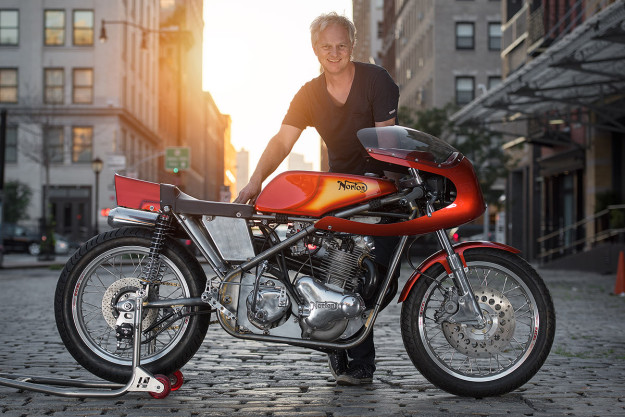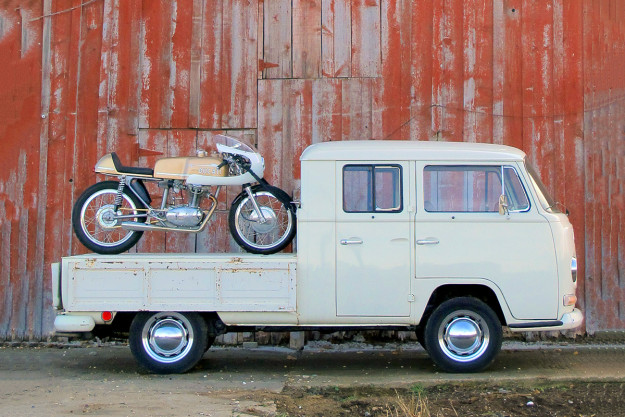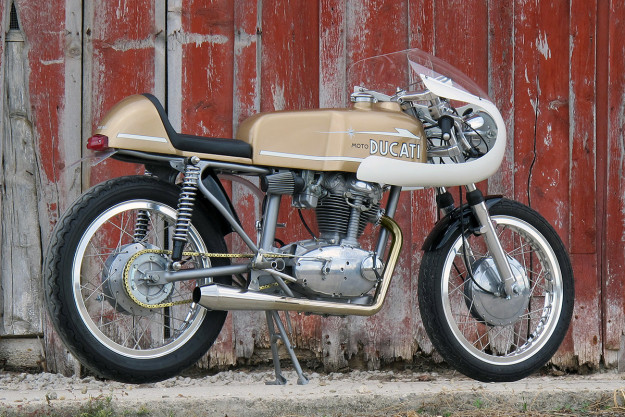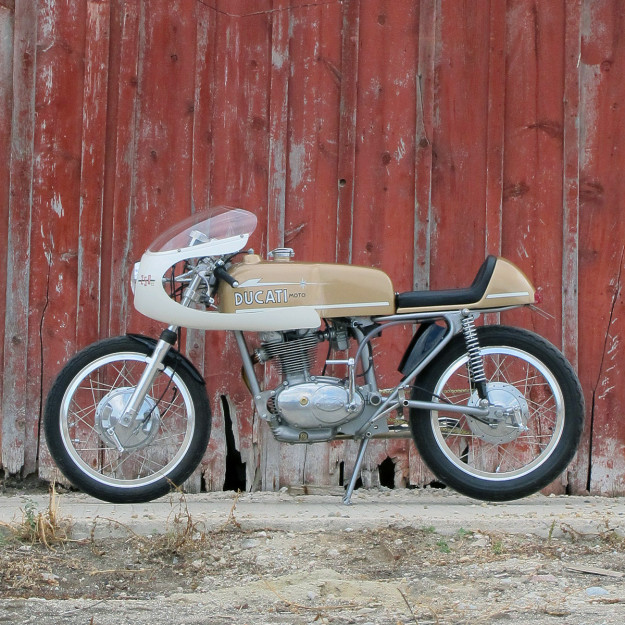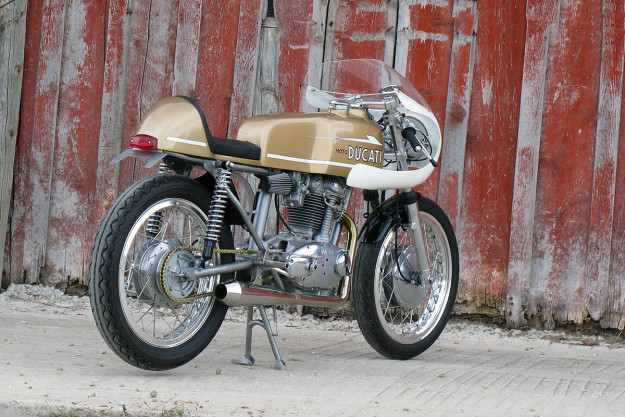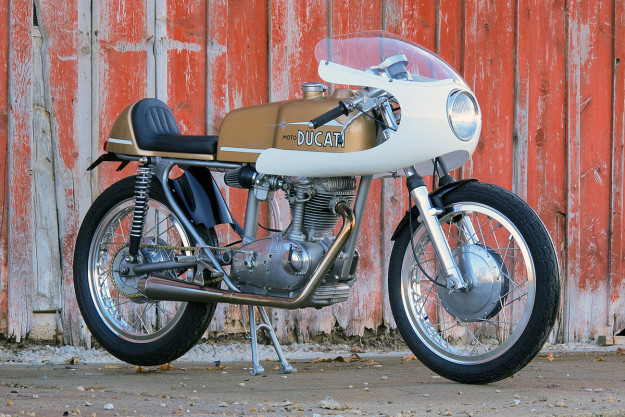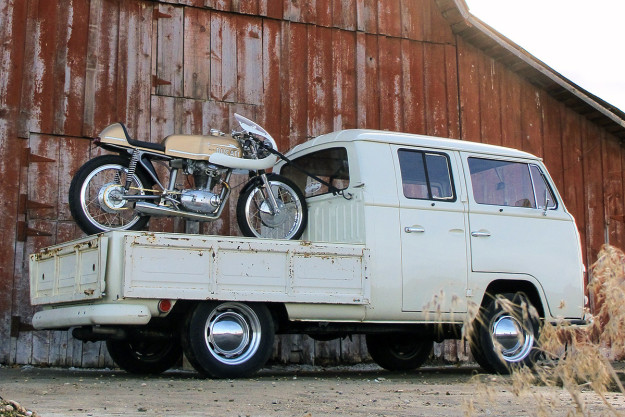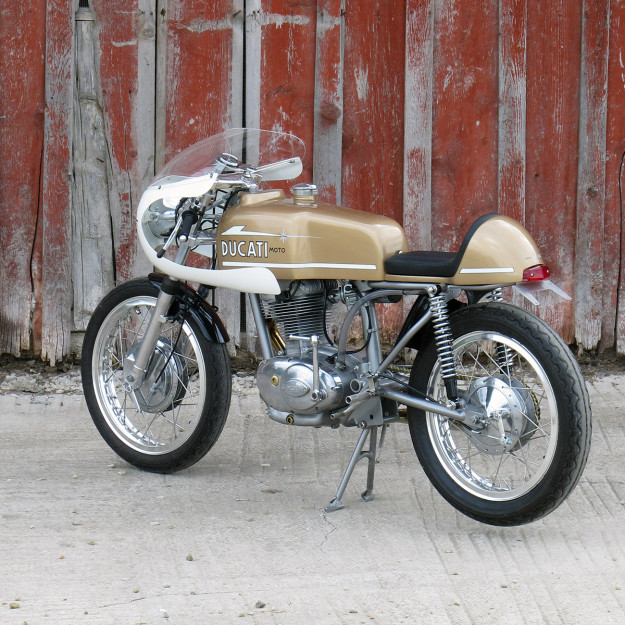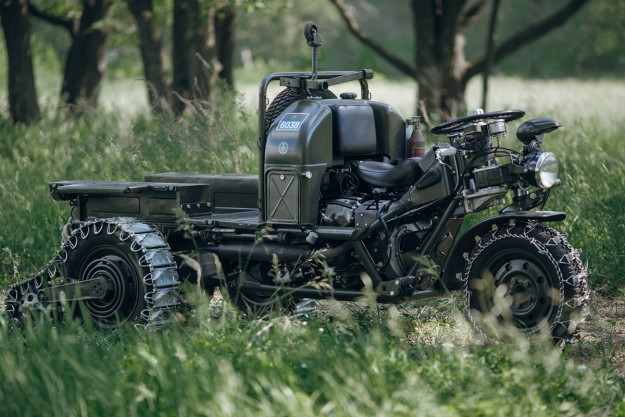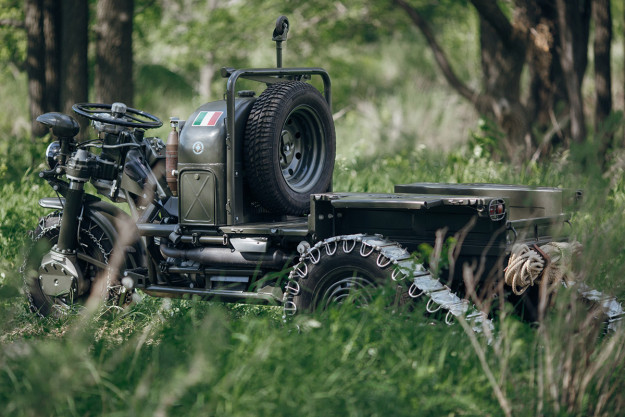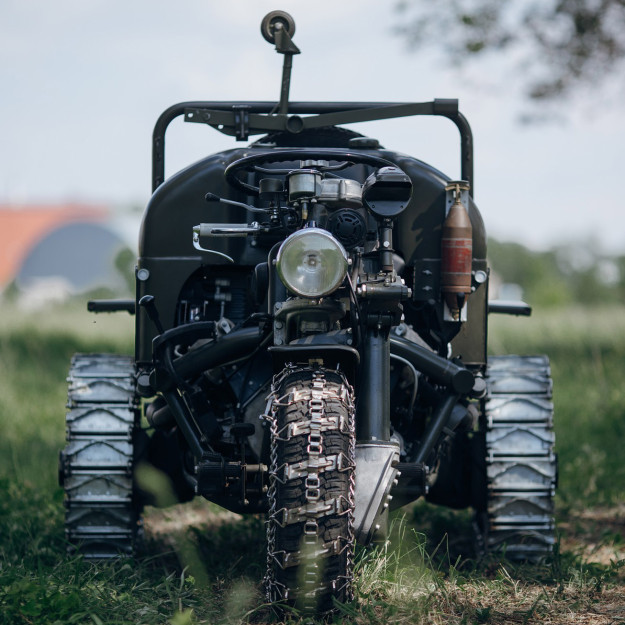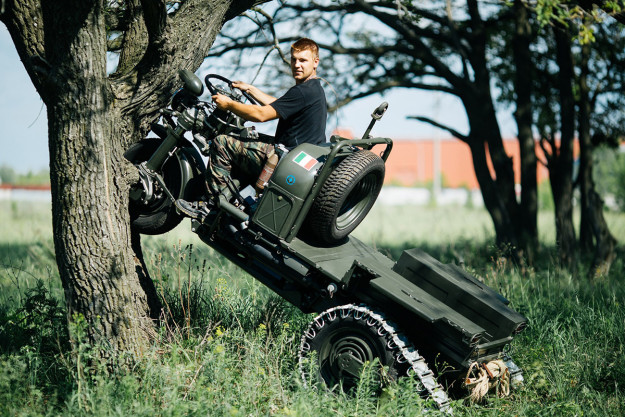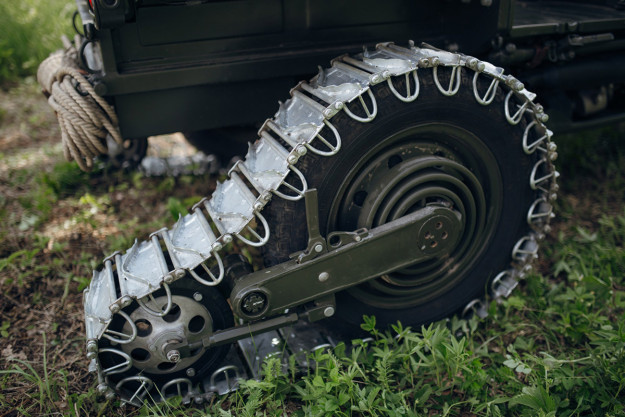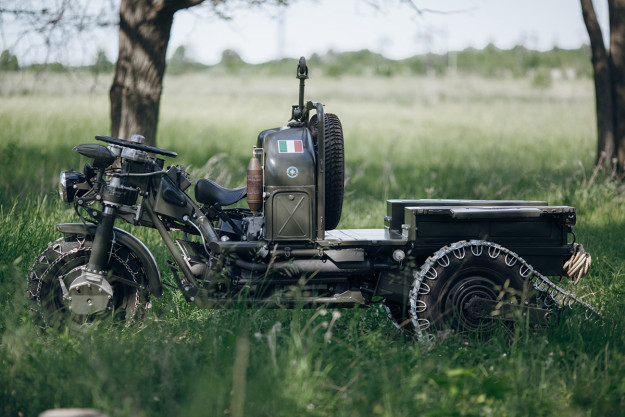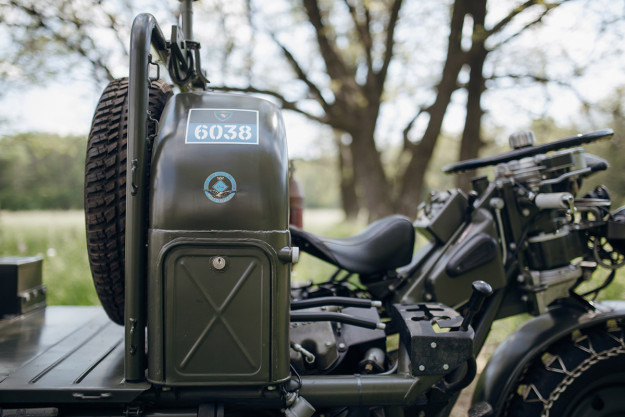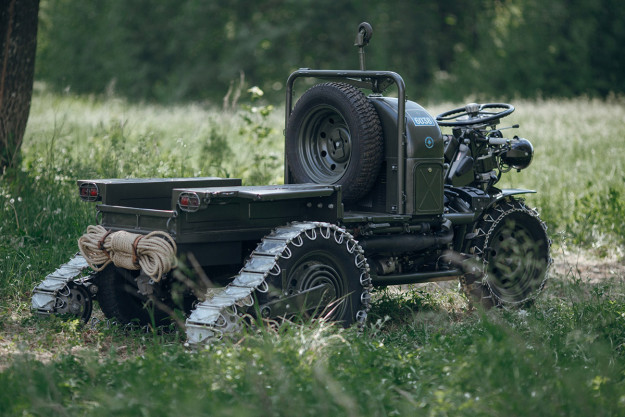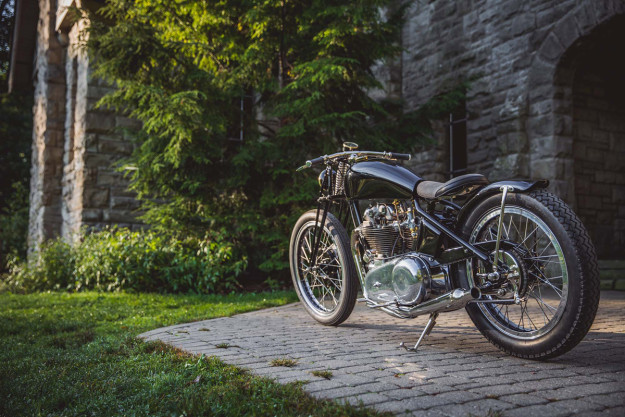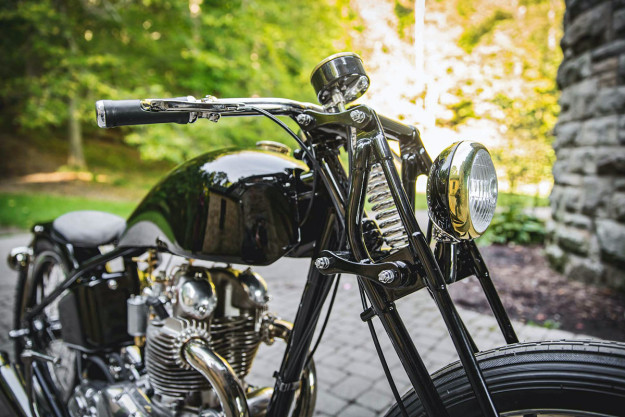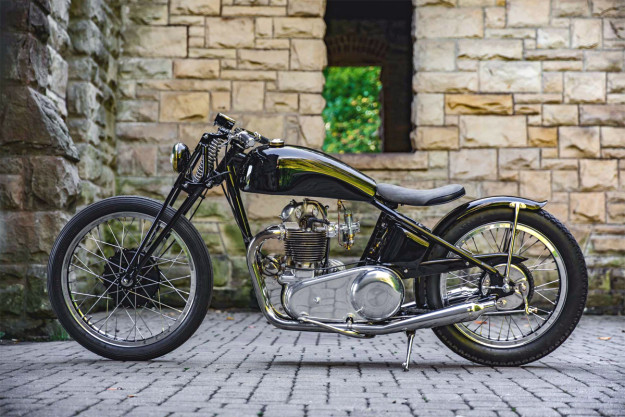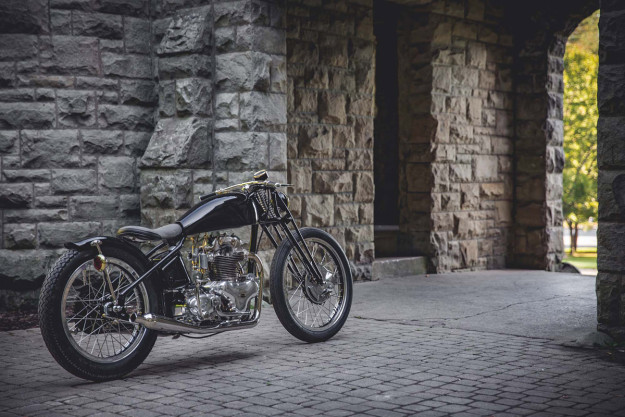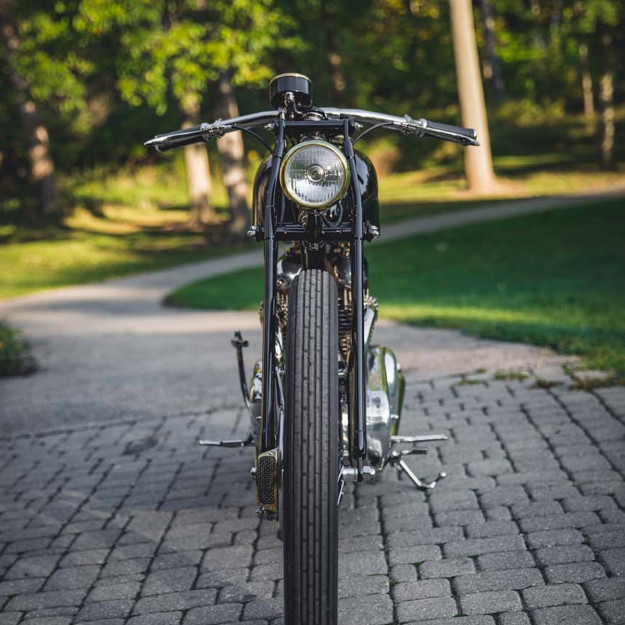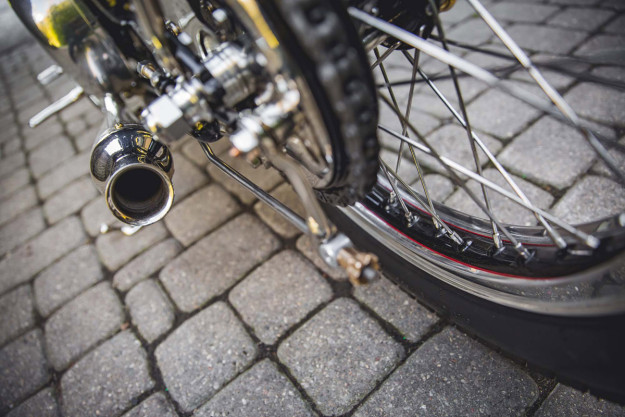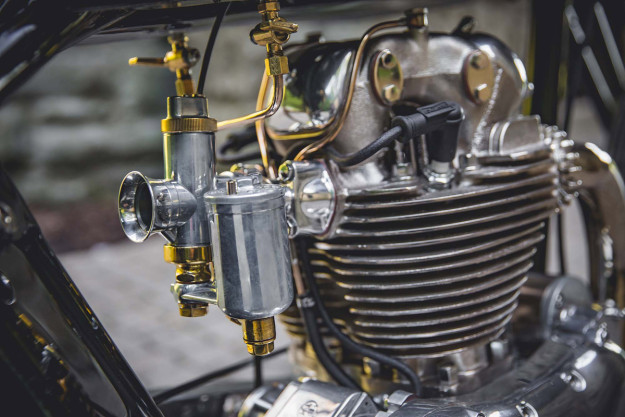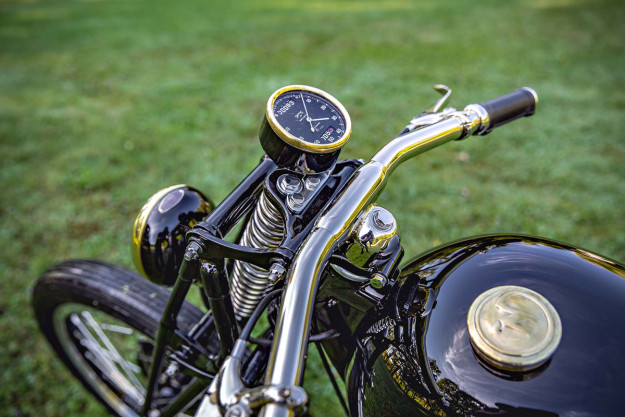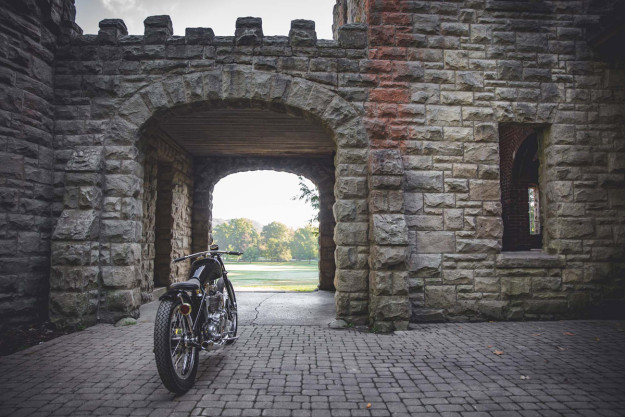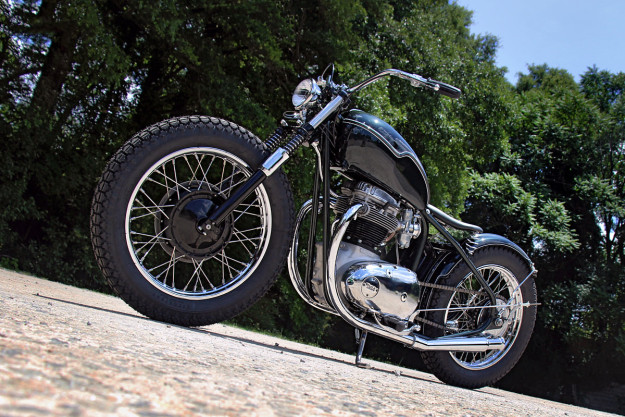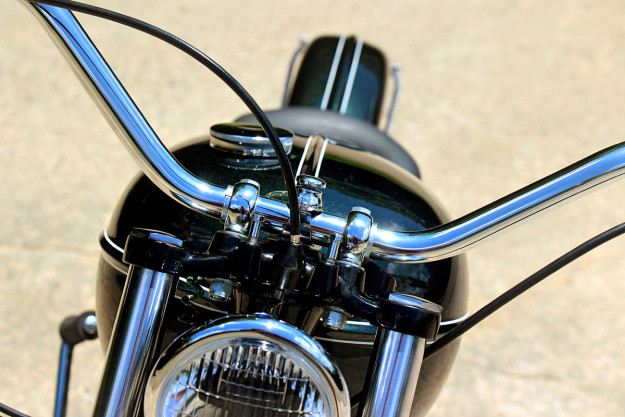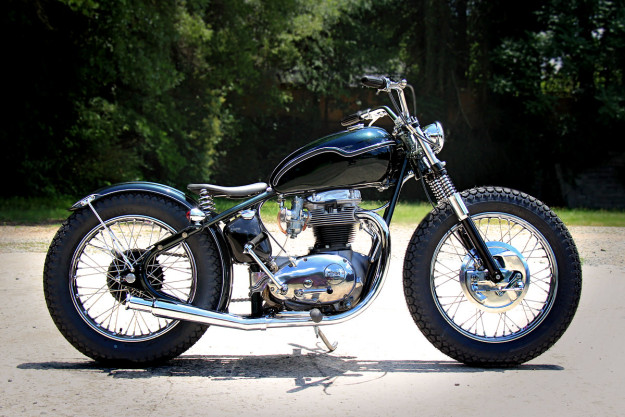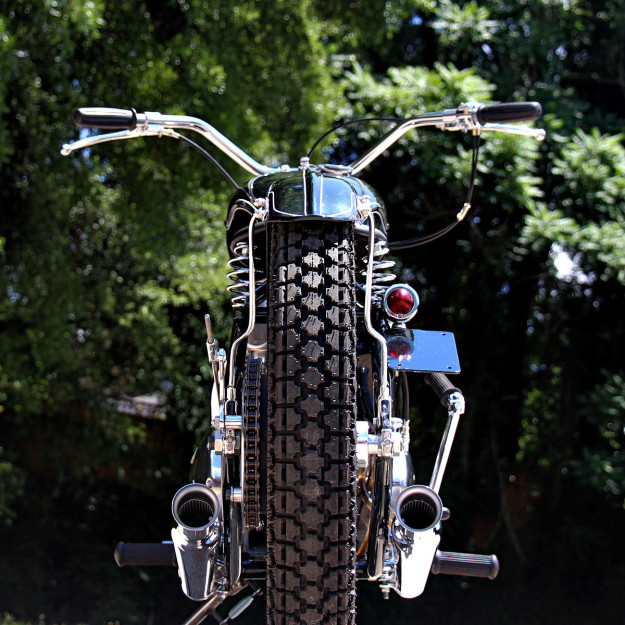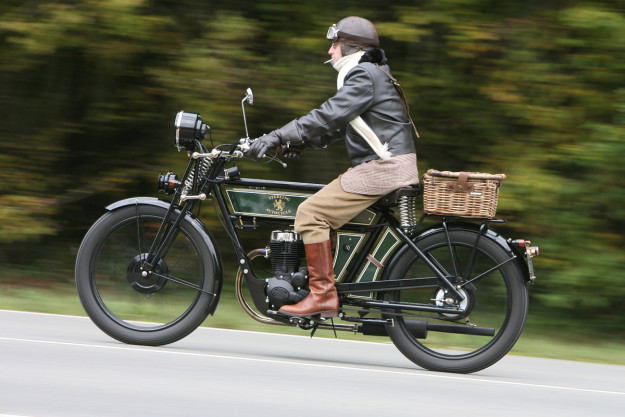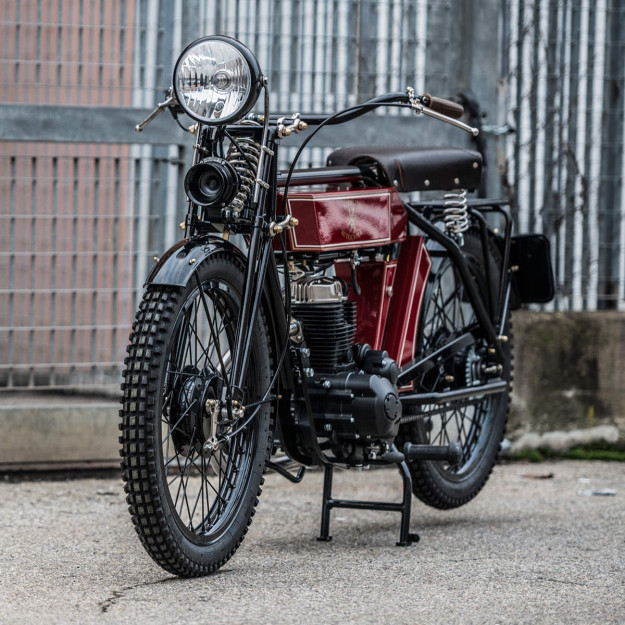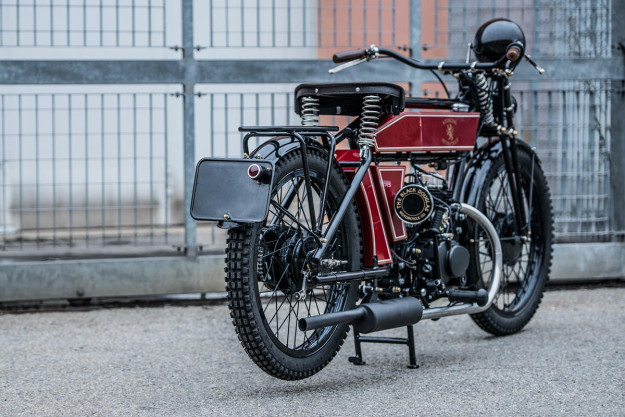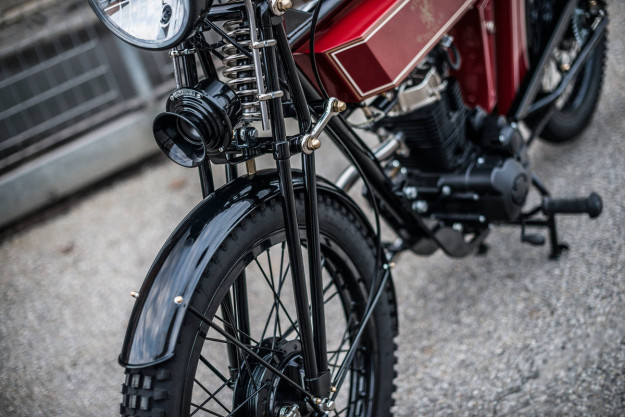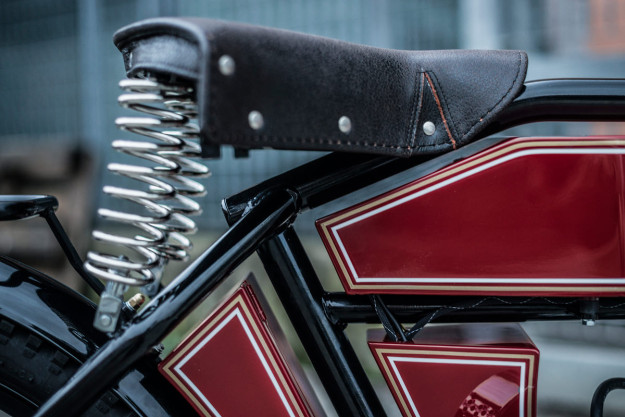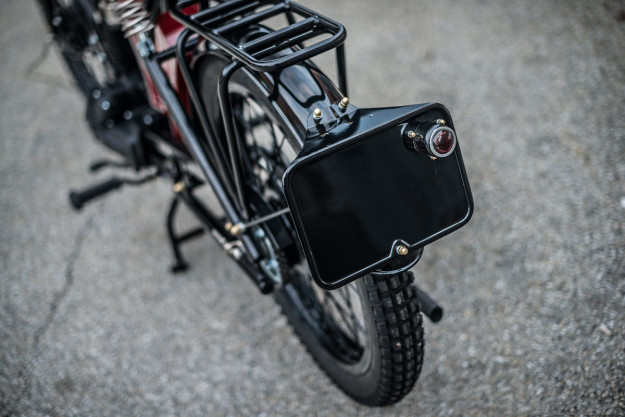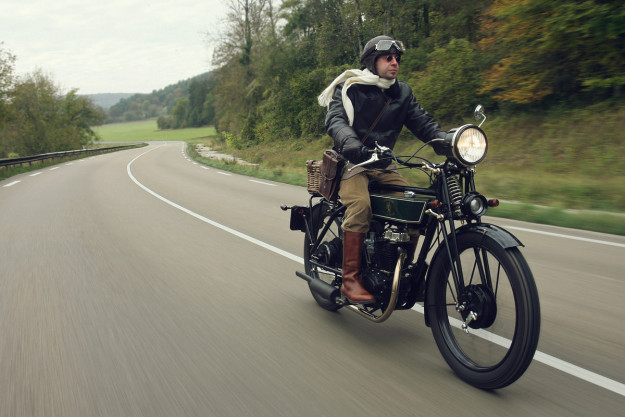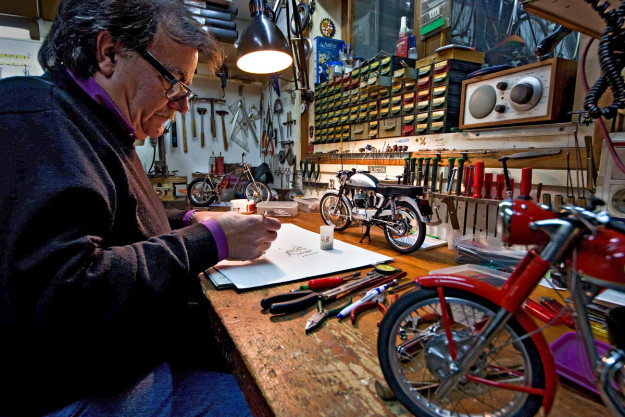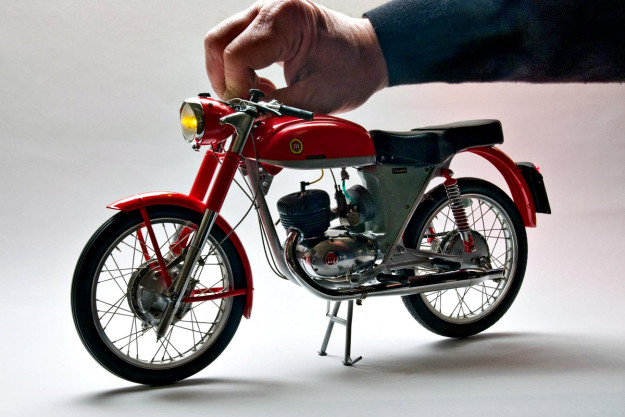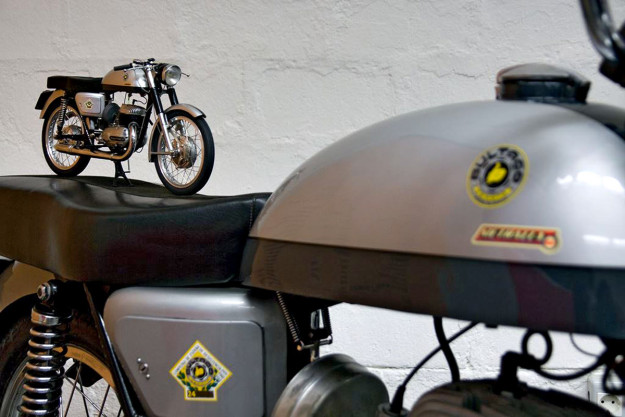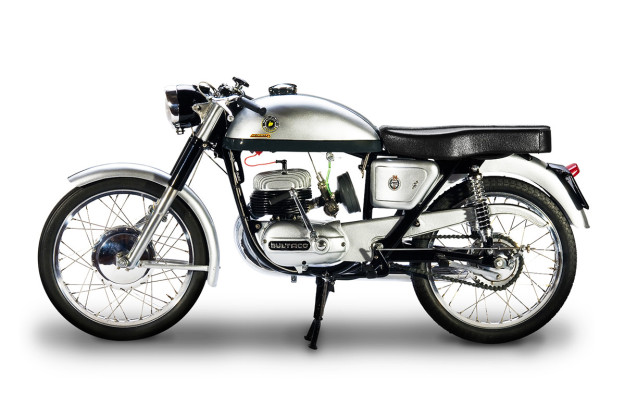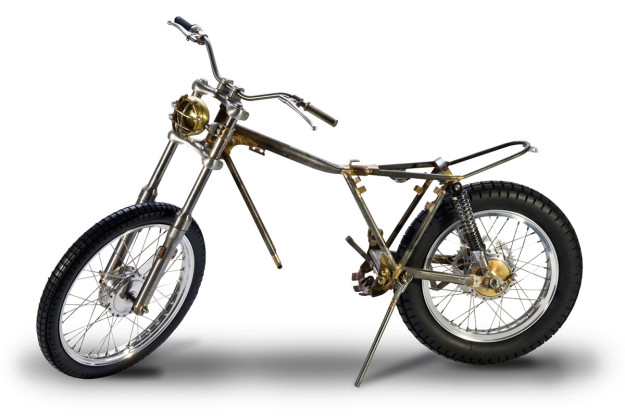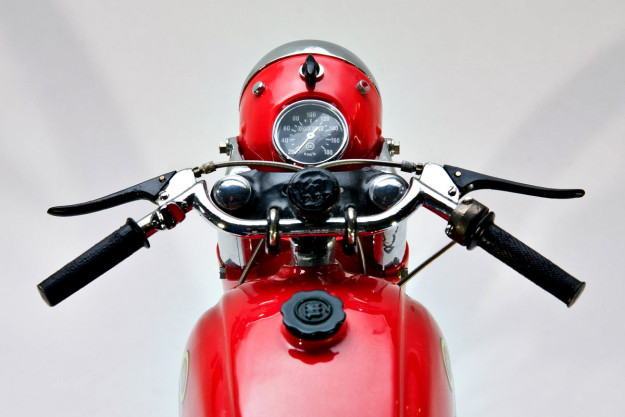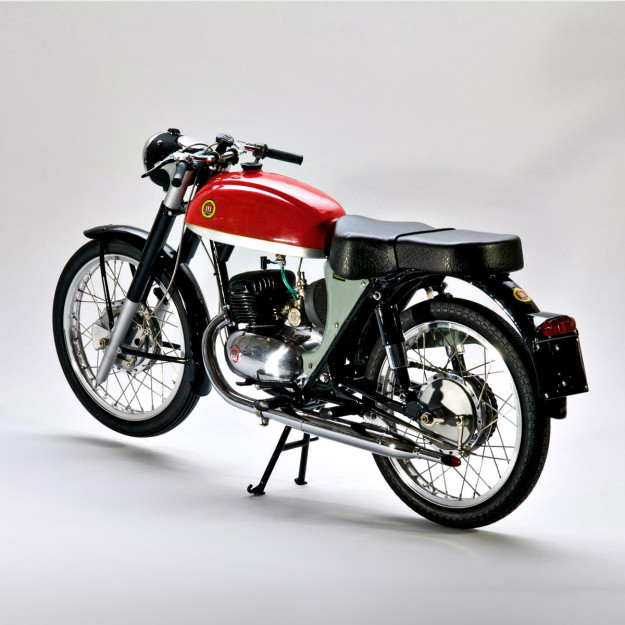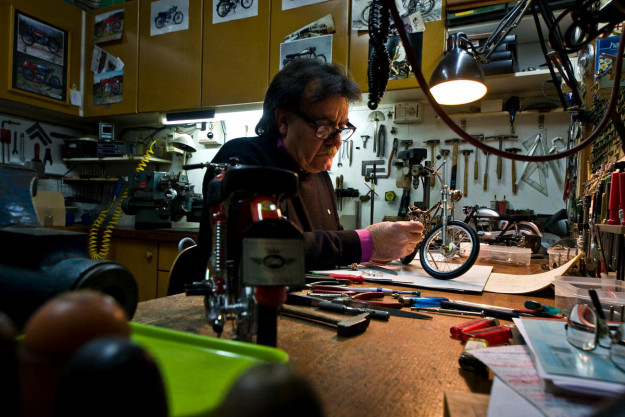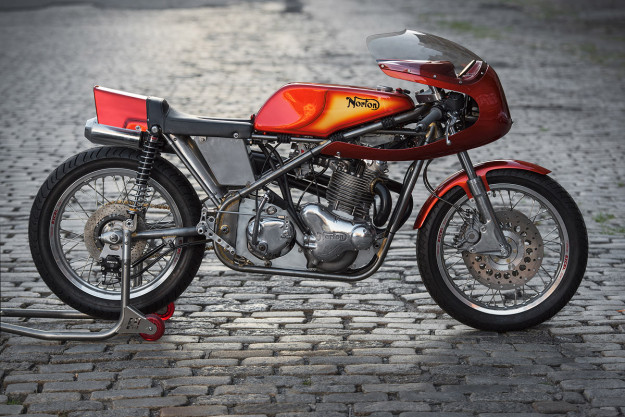
If you live on the east coast of the USA and you need work doing on your Norton, there’s only one person to call: Kenny Cummings of NYC Norton in Jersey City, just outside Manhattan.
Kenny’s a household name on the global Norton scene. It’s not hard to see why—his builds are an exquisite blend of performance and style. And, as with most old British iron, there’s usually a good story too.
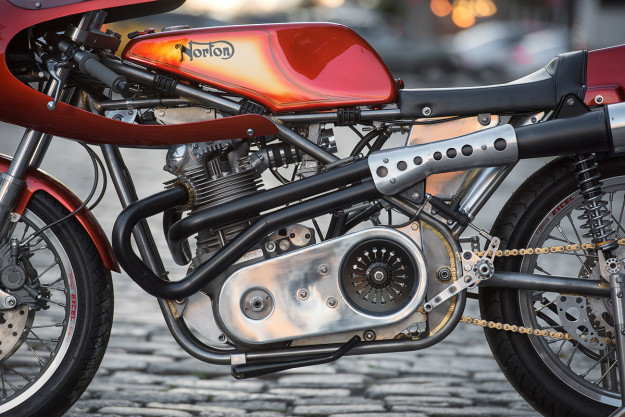
“Sunburst started with a call from an overseas number on the shop phone,” Kenny tells us. “On the other end was a pleasant voice with an unidentifiable accent. It was Joe, calling from a small country in the middle of the Mediterranean.”
Joe had just bought a pristine Norton Commando in the States, and asked Kenny if he could add some performance and reliability mods. “We love that kind of work,” says Kenny. “But Joe’s Commando was just too nice to tear down.”
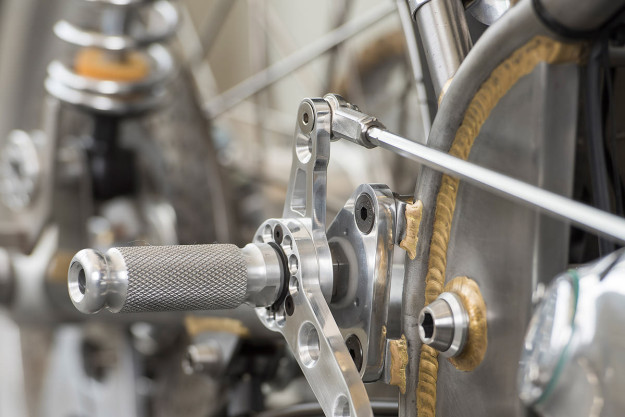
A new concept was required, and a ratty 1972 Commando appeared on the radar. It had lived a rough life: the crankcases even had a sloppy weld on the drive side half, a telltale sign a rod had broken through.
Kenny decided to use as much of the donor as he could, while fitting some robust and reliable racing parts. He sourced a Maney lightweight crank, alloy cylinders, a Fullauto head, and JE 73mm forged pistons. The crank was balanced to 74%, the same factor used by NYC Norton’s championship-winning Seeley Commandos.
Other goodies include a Webcam racing cam and one of the last Maney exhaust systems ever to be made. “We kept the compression close to 10:1,” says Kenny. “High enough so the bike can be ridden on the street, while still being able to run on hi-octane pump gas.”
Carbs are Keihin FCR35s, with manifolds adapted to the Fullauto Norton cylinder heads. “The heads are the single biggest boost of power you can add off the shelf for your Commando. Proof is in the pudding, and the eating is good.”
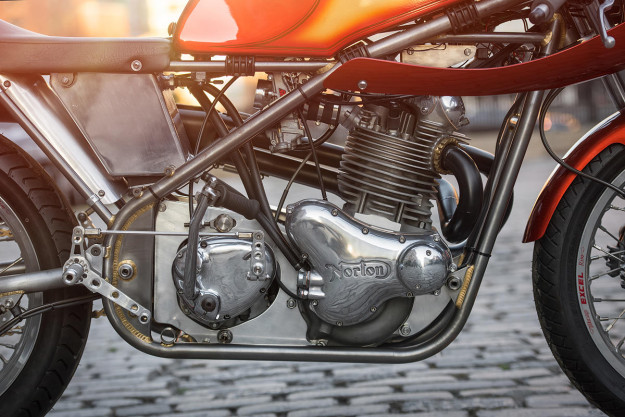
Metal-bending artist Roger Titchmarsh supplied a mint Seeley Mk2 replica chassis from the UK, and Kenny started fabbing up custom engine plates. “We spent a lot of time spacing the AMC gearbox over to the left, five millimeters from the motor centerline, to give better chain clearance for the back tire.”
A pair of custom alloy fork yokes went on, set up with a pinch-bolt top for quick geometry changes. Falcon shocks were fitted to the rear.
For the front wheel, Kenny bolted twin Hemmings 11.5-inch disks to a 6-bolt hub using AN aircraft bolts. The fork sliders are Norton Production Racer items and the disks have been drilled—removing 1.3lbs from each rotor. The calipers are AP Racing, pumped by a 16mm Brembo master cylinder.
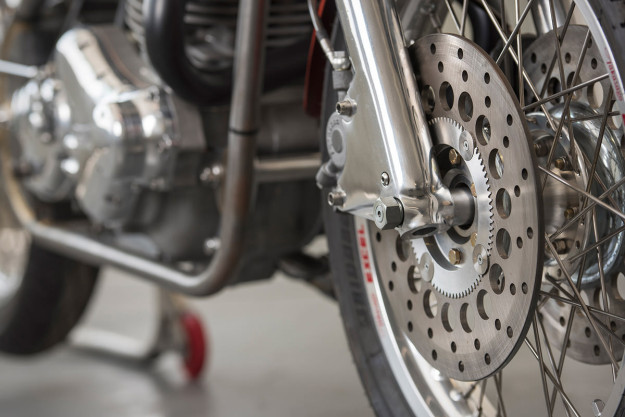
The rims are 18-inch unflanged alloy, WM3 at the front and WM4 at the back. A neat touch: the rear wheel was built using a two-piece Triumph T140 replica billet hub, along with a Maney cush drive to give the gearbox a little relief from quick shifts and injudicious throttle use. Tires are Bridgestone BT45 Battalaxes.
The primary side of the bike was built using a 30mm belt drive that increases the primary ratio—meaning less torque shock to the gearbox. There’s also a trick high-output alternator, keeping a low profile behind the alloy belt guard cover.
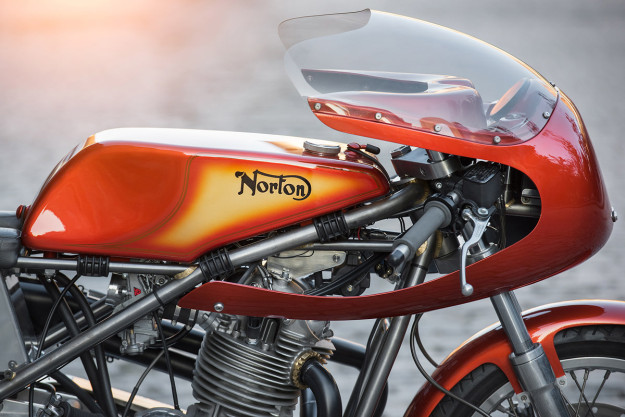
The bodywork is equally divine. “Joe turned us on to FlatRacer in the UK and their Sprint 1/2 fairing,” says Kenny. “It’s heavier than the racing bodywork we often use, but that allowed us to alter the shape of the fairing to get the custom fit we needed.”
The vibrant color scheme is certainly a departure from the more conservative natural alloy or black and gold chosen by most of NYC Norton’s Seeley customers.
“Joe knew he wanted something bold, but he wasn’t sure exactly what. After much back and forth, we seemed to stall a bit.
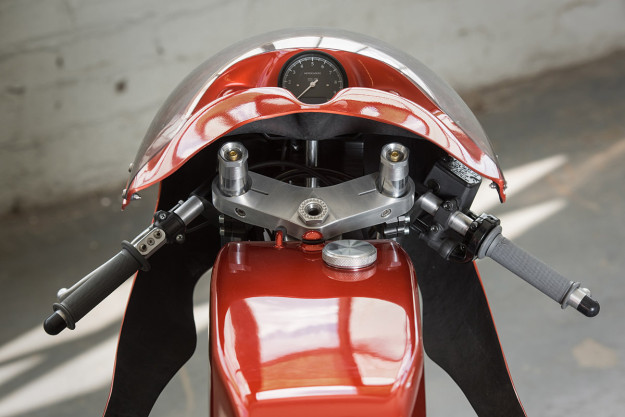
“Later, while sitting in my home studio, an idea dawned on me as I sat plunking out some parts on my guitar. I realized this was a motif that was very important to me—the cherry sunburst of my favorite vintage Gibson Les Paul.
Joe was 100% on board. “This made it very personal. The last philosophical hurdle had been cleared.”
Kenny’s go-to guy for paint is Brent Budgor from the Vintage Vendor. “As we worked through the shading process of the sunburst motif, I learned that Brent too had a Les Paul that he’d stripped and painted—so he understood the concept from the get-go.”
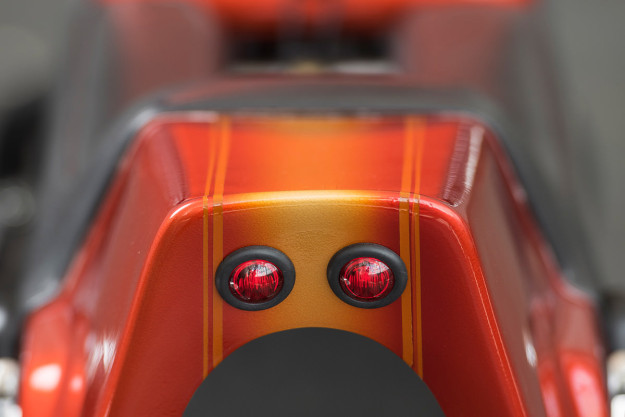
Brent laid out the Norton logo and pins in a gold undercoat, then sprayed the major color over. Once the bodywork was back, the bike was buttoned up in short order. Kenny called his old friend and fellow racing competitor, the photographer Doug MacRae. It was time to shoot.
“This is a serious bike,” says Kenny. “It’s pretty, but its foundation is a top-spec, competitive 750 racer weighing 300 pounds, adapted for the street.
“The bike starts on first kick and is an absolute blast to ride. It has the famous Seeley handling and Commando torque, without any sacrifice. No, it is not Papa’s Norton, and perhaps the cobblestones of NYC streets might rattle its tight suspension a bit.

“But there’s not a back road in the world this bike can’t eat alive.”
The NYC Norton site has a wealth of riveting detail on this build. But don’t head over there unless you’ve got time to spare—and a firm grip on your credit card.
NYC Norton | Facebook | Images by Douglas MacRae | Instagram
